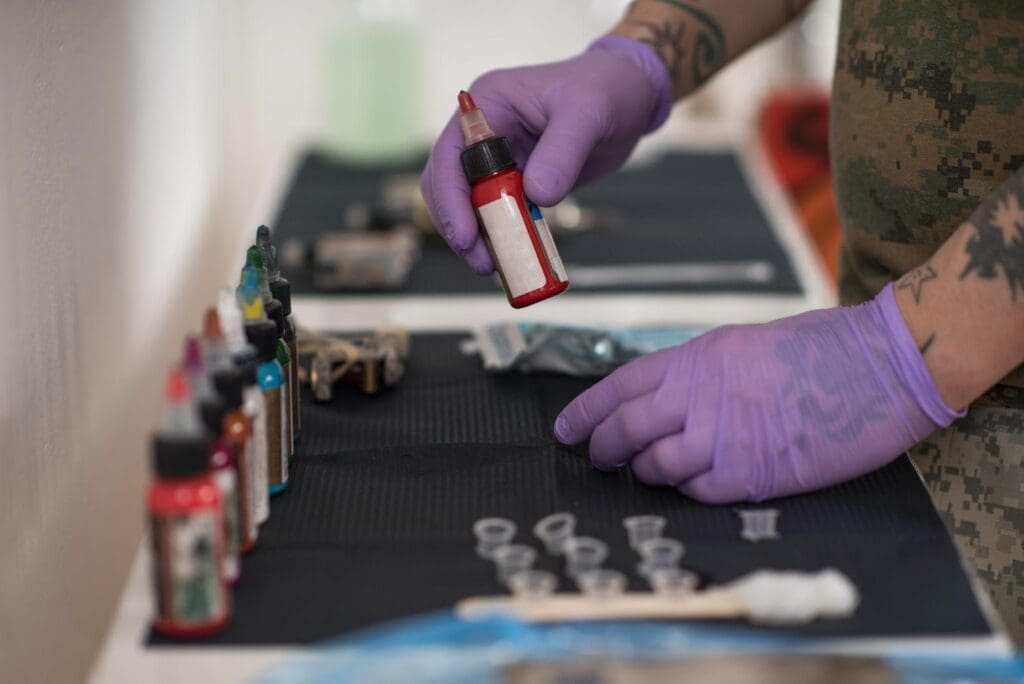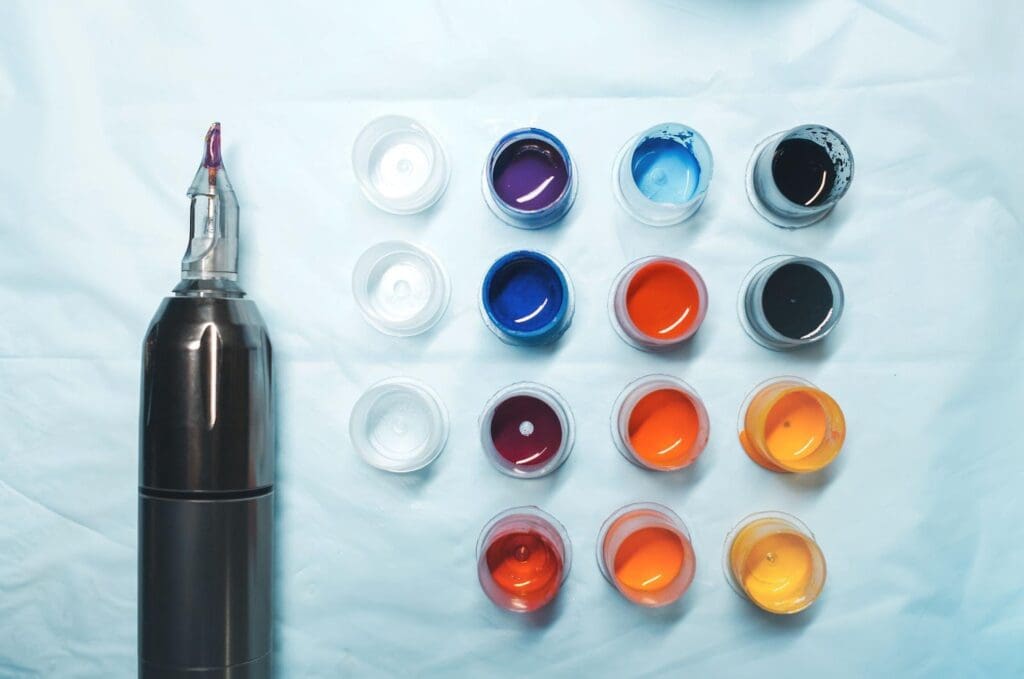
Tattoos have been a facet of human expression for thousands of years, allowing people the chance to display their creativity or connect more deeply with their culture. People spend hours researching to find the perfect tattoo artist, design, or meaning behind a piece. However, how much thought goes into the safety of a tattoo? Do you really know what you’re putting into your body?
Part of the problem lies in a lack of substantial regulatory guidance for tattoo inks. While artists themselves require extensive training and certification from a body of authority, and tattoo businesses are beholden to extensive hygiene standards, regulation of inks is far less documented. The regulation of tattoo ink, and any biologically hazardous chemicals therein, remains largely unsatisfactory in many areas of the world, including the United States and Australia.

In 2020, however, the European Chemicals Agency decided to harmonise measures on hazardous chemicals found in tattoo ink, which may have the potential to cause allergic reactions, or be carcinogenic or mutagenic. This includes the restriction of more than 4,000 chemicals with maximum safe concentration limits—including many azo dyes, carcinogenic aromatic amines, polycyclic aromatic hydrocarbons, metals, and methanol—many of which had already been restricted for their use in cosmetics. The specific pigments Blue 15:3 and Green 7 have also been banned for tattooing in Europe as of 4 January 2023.
The real risks of tattoo inks lay in a regulatory and knowledge gap, where in many regions they are regulated by neither drug nor cosmetic authorities. Mass produced industrial pigments, used in paints, plastics, and textiles, are largely the same as the pigments that go into creating tattoo inks and are injected under the skin every day. These pigments are made from a variety of chemical families, with some being safer than others.

Some red and green pigments, for example, are often composed of heavy metal complexes such as iron and copper oxides. Organic azo dye compounds are responsible for many of the brighter colours such as yellow, orange, and violet. Black and white inks are made from the widely used pigments carbon black and titanium dioxide—the latter of which has been hotly contested in recent years as to whether or not it is carcinogenic. Additionally, dispersion media, stabilisers and antiseptics added to tattoo inks can contain skin irritants, allergens, or potential carcinogens (eg. formaldehyde).
Researchers from Binghamton University have begun investigating the composition of popular tattoo inks to keep tattoo artists and clients informed about what is being used in their bodies. The team have been using various spectroscopy and microscopy techniques to identify ingredients as well as particle size, as there is growing concern about the hazardous nature of nanoparticles. The current database of characterised inks can be found at What’s in My Ink?
There is still a lot we don't know about how the immune system reacts to tattoo inks over time. A 2010 study found that individuals with tattoos were more likely to suffer from skin conditions and sunlight sensitivity. Some cases have found inks and other chemicals migrating into lymph nodes, which can disrupt the body's immune and inflammation responses.
A number of azo dye pigments, defined by a central nitrogen-nitrogen double bond, have the ability to deteriorate under ultraviolet light (ie. sunlight) into potentially cancer-causing compounds. Tattoo removal procedures can cause similar degradation as the pigments get blasted apart by laser light. As well as the risk of cancer, particles under 100 nanometers can float freely within the body, with the potential to get into the nucleus of cells and cause mutations.
Many chemicals are not safe to be inhaled, consumed, or applied to the body. To avoid accidental consumption, mishandling, and misidentification, chemicals should be accurately labelled, tracked, and stored. For assistance with this, and chemical and hazardous material handling, SDS, labels, Risk Assessment, and heat mapping, you can contact us today.
Sources: